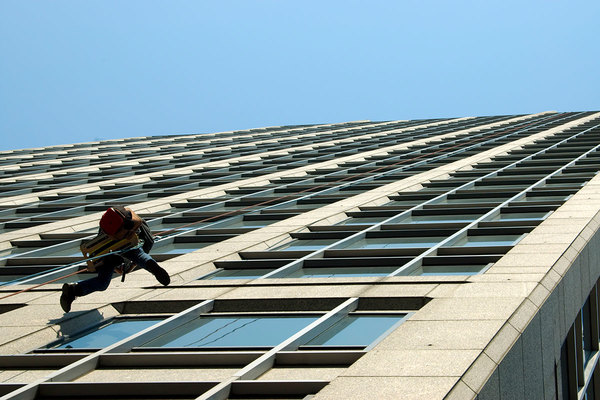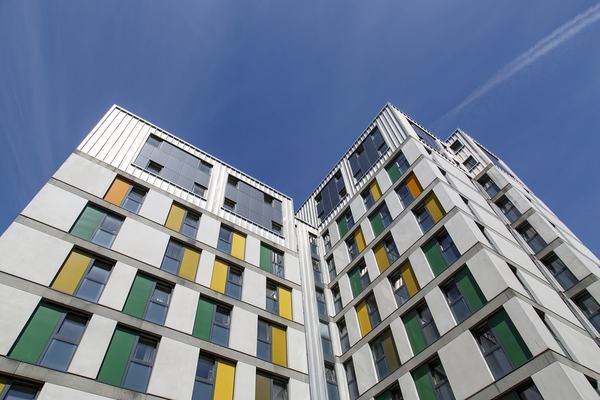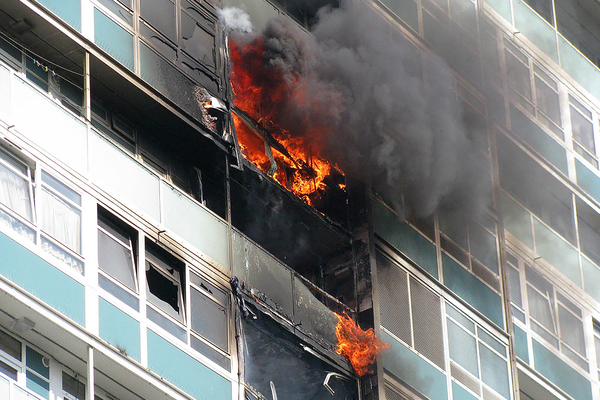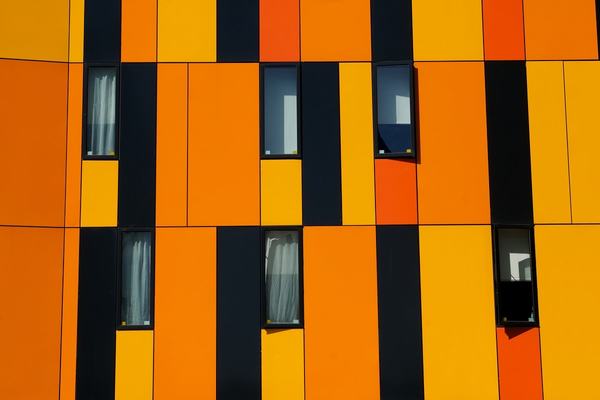You are viewing 1 of your 1 free articles
Government issues warning over combustible window panels
The government has issued official advice to owners of high-rise buildings with combustible window panels, a month after an Inside Housing investigation revealed their widespread use in the social housing sector.
In an advice note published today, the government said it was “important” that building owners check the panels used “to ensure they do not present a risk of fire spread over the wall”.
As Inside Housing investigation in August showed there were at least 117 council-owned tower blocks across the country with retrofitted window panels, the vast majority containing combustible plastics.
Councils owning hundreds of other blocks responded, saying they held no data about whether such panels were installed.
The government advice note said the “clearest way” to ensure buildings’ safety was to “confirm that materials are limited combustibility or better”.
“Where the panels do not meet this classification, the most appropriate means of remediation is to remove and replace the panels. However, professional advice should be sought first,” it said.
These panels are typically made of combustible insulation covered by a thin metal sheet. They are used for aesthetic purposes, but can also help architects meet insulation targets.
Panels made of styrofoam and aluminium and containing combustible material were present between the windows on Grenfell Tower. They also helped flames to spread up the outside of Lakanal House in south London in 2009, in which six people died, and Garnock Court in Irvine, North Ayrshire, in 1999, in which one person died.
Inside Housing’s investigation in August showed 19 councils had records of the panels on their high-rises. These were typically installed in refurbishment projects between the mid-1990s and the late-2000s.
Stockport Council said it has phenolic boards fitted to 16 of its 22 towers. Stevenage Borough Council has three towers with high-pressure laminate panels and polystyrene insulation. Birmingham City Council has 26 towers with panels of aluminium and either polystyrene or polyisocyanurate insulation.
Eleven councils, collectively owning 747 towers, said they had no records of whether their buildings have panels, let alone the materials used to make them.
These include the Royal Borough of Kensington and Chelsea, where Grenfell is located, and Southwark Council, which owns Lakanal House.
The full investigation can be read here.





